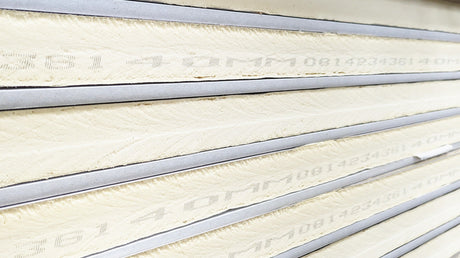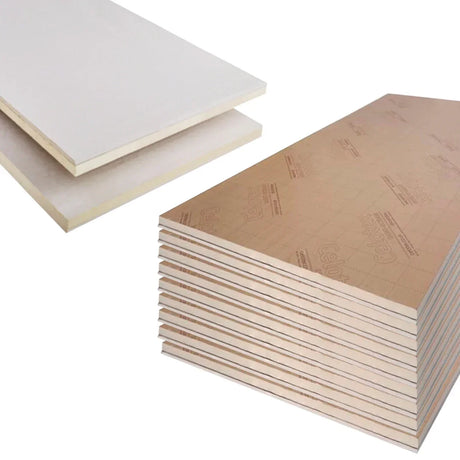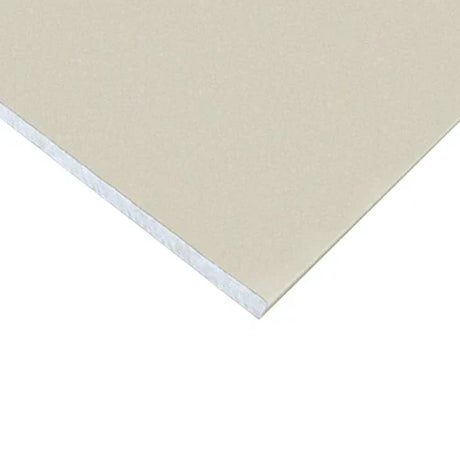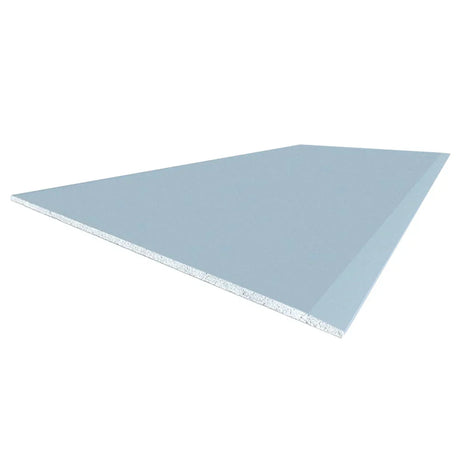Proper insulation is one of the most important elements in creating an energy-efficient, comfortable home. It helps maintain indoor temperatures, reduces heating and cooling costs, and minimises environmental impact. While many homeowners hire professionals for insulation installation, taking a DIY approach can be cost-effective and rewarding when done correctly.
Understanding how insulation works and choosing the right type for your home is crucial to maximising its efficiency. This guide will walk you through the science behind insulation, the different types available, and the best methods to install insulation like a pro.
Understanding How Insulation Works
Insulation plays a key role in controlling heat transfer through three primary mechanisms:
1. Conduction, Convection, and Radiation
-
Conduction: The transfer of heat through solid materials, such as walls and roofs. Insulation reduces conduction by creating a barrier to heat flow.
-
Convection: The movement of heat through air and liquids. Properly installed insulation prevents air leaks that contribute to convective heat loss.
-
Radiation: The transfer of heat in the form of infrared rays. Reflective insulation helps reduce heat gain from sunlight, making it ideal for warmer climates.
2. The Science Behind R-Values
The R-value of insulation measures its resistance to heat flow. The higher the R-value, the better the insulation’s performance. Different materials offer varying R-values, so selecting the right type based on your home’s needs is essential.
3. Myths vs. Facts: Does Thicker Insulation Always Mean Better Performance?
While thicker insulation generally provides better resistance, over-insulating can trap moisture and lead to inefficiencies. Proper installation and choosing the right insulation type for your specific space are more important than simply adding thickness.
4. The Impact of Insulation on Heating, Cooling Costs, and Environmental Footprint
Installing insulation correctly reduces energy consumption, leading to lower utility bills and a smaller carbon footprint. Quality insulation helps maintain comfortable indoor temperatures year-round.
Choosing the Right Insulation for Maximum Efficiency
Selecting the best insulation type depends on climate, home structure, and energy efficiency needs. Here’s a breakdown of common insulation types and their best applications.
Breaking Down Insulation Types: Which One Suits Your Home Best?
Fiberglass Insulation: Pros, Cons, and Best Applications
Fiberglass insulation is one of the most common and affordable types. It comes in batts or rolls and is ideal for walls, attics, and floors. Pros: Fire-resistant, cost-effective, and easy to install. Cons: Can cause irritation during installation and requires proper ventilation to prevent moisture buildup.
Spray Foam Insulation: Open-Cell vs. Closed-Cell Explained
Spray foam insulation expands to fill gaps, making it great for sealing air leaks.
-
Open-cell spray foam is lighter, more flexible, and ideal for indoor use.
-
Closed-cell spray foam is denser, offering higher R-values and moisture resistance, making it suitable for basements and exterior walls.
Cellulose Insulation: Eco-Friendly, But Is It the Right Choice?
Made from recycled paper, cellulose insulation is an environmentally friendly option. It provides good thermal resistance and soundproofing properties but can absorb moisture if not properly installed.
Reflective Insulation: When and Where It Works Best
Reflective insulation uses aluminum foil to reflect heat away, making it effective in hot climates. It’s best suited for attic spaces where direct sunlight affects indoor temperatures.
Advanced Insulation Solutions: Aerogel, Vacuum Insulation Panels, and Hybrid Insulation
For cutting-edge insulation, aerogel and vacuum insulation panels offer superior performance but come at a higher cost. Hybrid insulation combines multiple materials for enhanced efficiency.
Evaluating Your Home’s Unique Needs
To choose the right insulation, consider:
-
Climate: Colder regions require higher R-values, while warmer areas benefit from reflective barriers.
-
Structure: Older homes may need extra insulation layers due to gaps in construction.
-
Existing Insulation: If your home already has some insulation, assess whether additional layers are needed for efficiency.
How to Properly Measure Insulation Needs and Avoid Over-Insulation
To determine how much insulation you need:
-
Measure the area you plan to insulate.
-
Check the recommended R-values for your region.
-
Factor in insulation type to ensure optimal efficiency without over-insulating.
DIY Installation: Step-by-Step for a Professional Finish
Proper insulation is crucial for maintaining a comfortable home while keeping energy costs down. Whether you're installing loft insulation or upgrading existing materials, following a professional approach ensures maximum efficiency. Here’s a step-by-step guide to achieving a high-quality finish in your DIY insulation project.
Pre-Installation Preparation
Before you begin, it’s essential to prepare your space to avoid common pitfalls.
1. Inspect for Air Leaks, Moisture Issues, and Ventilation Needs
-
Check your loft space for existing air leaks, moisture buildup, and ventilation problems.
-
Seal any gaps around the loft hatch to prevent unwanted airflow.
-
Ensure proper ventilation to avoid condensation issues that could lead to mold growth.
2. Tools and Safety Gear Checklist
To safely and effectively install loft insulation, gather the following:
-
Protective gloves, goggles, and a dust mask
-
Utility knife for cutting insulation
-
Measuring tape and straight edge
-
Staple gun (for faced insulation)
-
Insulation supports or netting
-
Ladder for accessing the loft hatch
3. Creating a Proper Installation Plan
-
Measure the area accurately to determine the amount of insulation required.
-
Identify areas needing additional insulation, such as around pipes or between joists.
-
Choose the best insulation options for your needs and budget.
Installing Different Types of Insulation Like a Pro
Different types of insulation require unique installation methods. Here’s how to handle each effectively.
Batt Insulation: Best Cutting Techniques for Minimal Waste
Batt insulation is a popular choice due to its ease of installation. Follow these steps for a professional finish:
-
Unroll the insulation and allow it to expand fully.
-
Use a straight edge and sharp knife for cutting insulation accurately.
-
Fit the batts snugly between joists without compressing them, as this reduces efficiency.
Blown-In Insulation: Ensuring Even Coverage and Avoiding Settling
-
Use a blowing machine for an even spread across the loft.
-
Maintain a consistent depth to prevent heat loss in uneven areas.
-
Avoid over-packing, as this reduces airflow and effectiveness.
Spray Foam Insulation: Common Mistakes That Can Cost You
Spray foam insulation is excellent for sealing gaps but requires precision.
-
Apply in thin layers to prevent excessive expansion.
-
Ensure proper ventilation while working to avoid inhaling fumes.
-
Avoid blocking ventilation openings, as this can lead to moisture problems.
Reflective Barriers: How Placement Makes All the Difference
-
Install reflective insulation with the shiny side facing the heat source.
-
Leave an air gap between the insulation and the roof for maximum efficiency.
-
Combine with other insulation materials for optimal results.
Avoiding Common DIY Pitfalls
Even experienced DIYers make mistakes. Here’s how to avoid them:
The Biggest Insulation Installation Mistakes Homeowners Make
-
Choosing the wrong type of insulation for your climate.
-
Not sealing air leaks before insulating.
-
Overcompressing insulation, which reduces its R-value.
Hidden Dangers: Mold Growth, Fire Hazards, and Incorrect R-Values
-
Use moisture-resistant materials like Rockwool insulation in damp areas.
-
Follow fire safety guidelines, especially when insulating near electrical wiring.
-
Ensure the insulation meets the recommended R-value for your region.
How to Handle Hard-to-Reach Areas Without Professional Tools
-
Use insulation rods to push material into tight spaces.
-
Consider pre-cut insulation pieces for easy placement in awkward spots.
-
Apply expandable foam in small gaps where other insulation won’t fit.
Post-Installation Checks and Long-Term Maintenance
Once your insulation is installed, ongoing maintenance is key to ensuring its longevity.
How to Inspect Insulation for Gaps, Compression, and Inefficiencies
-
Visually check for gaps where insulation may have shifted.
-
Feel for cold spots, which indicate poor coverage.
-
Use a flashlight to spot compressed areas where insulation has settled.
Smart Ways to Test Insulation Effectiveness
-
Use a thermal camera to identify areas of heat loss.
-
Perform an air leak test with a smoke pencil or incense stick.
-
Monitor energy bills for unexpected increases in heating or cooling costs.
Insulation Lifespan: When to Replace, Upgrade, or Add More Layers
-
Batt insulation and Rockwool insulation typically last 20-30 years.
-
Spray foam insulation can last indefinitely but may require touch-ups over time.
-
If insulation appears damp, moldy, or compressed, replacement is necessary.
Seasonal Insulation Checks to Ensure Long-Term Energy Savings
-
In winter, check for ice dams, which indicate poor attic insulation.
-
In summer, inspect for overheating in the loft space due to insufficient ventilation.
-
Regularly check around the loft hatch for drafts or insulation settling.
The Future of Insulation: Smart Home Integration and Self-Adjusting Insulation
-
Some modern homes are integrating self-adjusting insulation systems that respond to temperature changes.
-
Smart sensors can monitor insulation performance and alert homeowners to inefficiencies.
-
Advances in eco-friendly insulation materials continue to improve energy efficiency.
Conclusion
Properly installing loft insulation is one of the most effective ways to improve your home's energy efficiency. Whether you choose batt insulation, spray foam insulation, or Rockwool insulation, following a step-by-step approach ensures a professional finish. Regular maintenance and seasonal checks will help your insulation remain effective for years to come. By making informed insulation options and taking the time to install loft insulation correctly, you can enjoy a comfortable, energy-efficient home while reducing heating and cooling costs.
For high-quality insulation materials, trust DIY Building Supplies, an online builders merchant based in Nottingham. They provide DIY enthusiasts and trade professionals with premium building materials, including insulation from trusted brands like Celotex, Knauf, Isover, and Rockwool. For expert advice and assistance, contact them at 0115 6976 800 (Monday - Friday, 9:00am - 4:00pm) or email sales@diybuildingsupplies.co.uk. Start your DIY insulation project today with the best materials at competitive prices!









